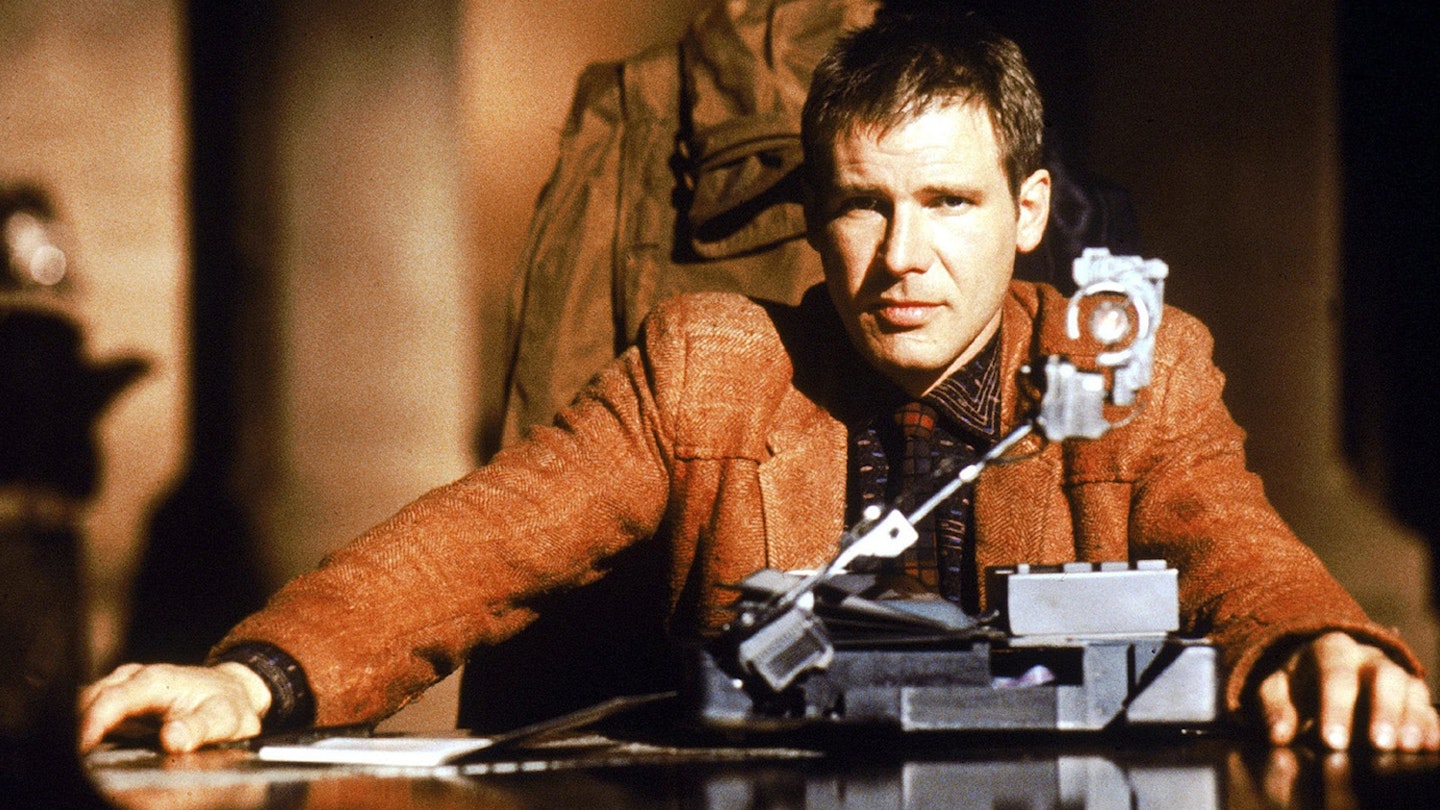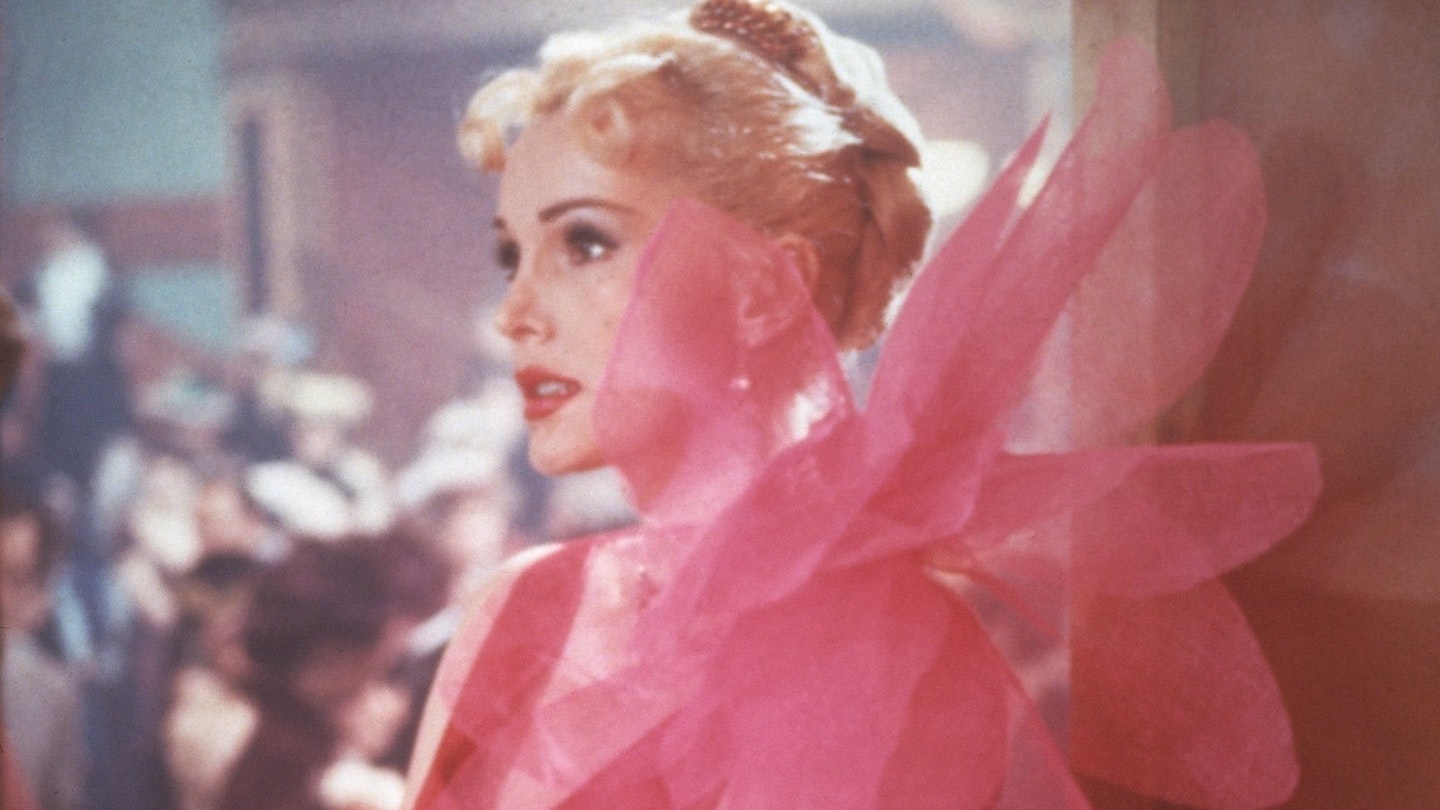Charlton Heston did his best day's work ever when he bullied Universal into hiring Orson Welles to direct this 1958 good versus evil melodrama. Welles tossed the original script and transformed a Pulp Fiction into great art, an unforgettable evocation of evil. Its technical mastery and mesmerising nastiness has inspired filmmakers from Francois Truffaut to Paul Schrader to Curtis Hanson, who cites its influence on LA Confidential.
The story takes place in 24 hours in a seedy border town where high-ranking Mexican narcotics detective Miguel "Mike" Vargas (Heston) and his all-American bride Susan (Leigh) are slumming it on honeymoon. The film's opening is one of the most celebrated in cinema, its single, atmosphere-drenched, three-minute tracking shot, much imitated but never surpassed for sucking you into a film's action and mood with hypnotised absorption.
Enter local American police chief Hank Quinlan (Welles) to investigate a car bombing with Vargas, while Susie is waylaid by drug-dealers, and the hands are dealt in a malevolent, deeply perverse game in which Susan is made a terrorised trump card. Welles' Quinlan is one of the giant noir psychopaths of the screen, a bloated figure whose power has corrupted him into a physical and spiritual monstrosity. Heston is surprisingly interesting as the sophisticated good guy, sufficiently confident to prevent the satirical Welles from crushing him.
In the lurid, stylised proceedings, full of deep focus and disorienting angles, scenes vie with the opening; like the interrogation of the murder suspect in his small flat - one long take in which brutality, racism and chicanery bubble through tightly-choreographed movement.
Since the property was Universal's and Welles' was absent, the studio edited as they saw fit and in 40 years, three slightly different versions have done the rounds. Now, working to a recently unearthed 58-page Welles memo (requesting changes the studio wouldn't make), producer Rick Schmidlin and film editor/ sound designer Walter Murch have honoured the director's intentions with a wonderfully revitalising restoration.
The brilliance of Russell Matty's black-and-white cinematography in a spanking new print is alone worth the trip to the cinema. Or make it for a plunge into eye-popping excellence and heart-stopping menace.


